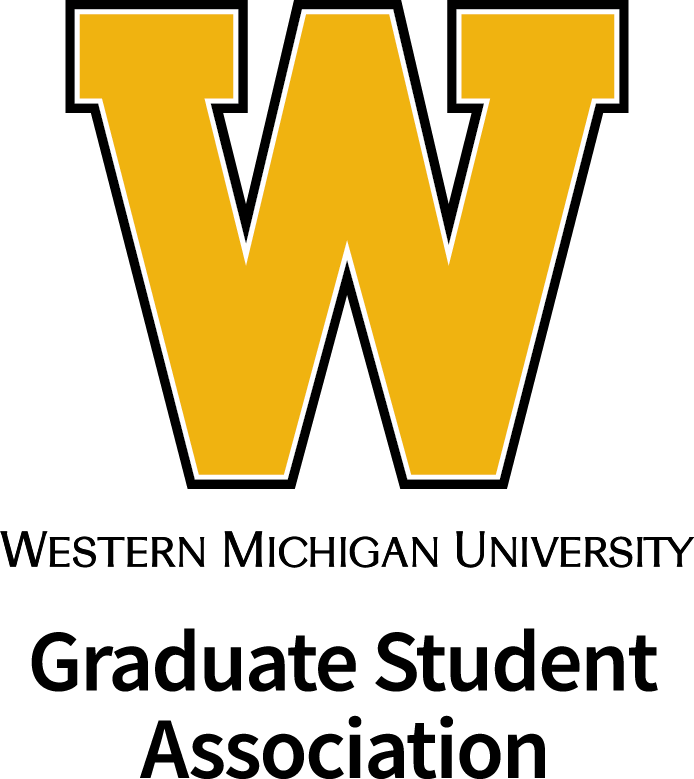Abstract
Of all American living history sites, Greenfield Village, in Dearborn, Michigan, is one of the most interesting. Founded by Henry Ford and opened in 1929, Greenfield Village consists of 90 acres of nearly 100 historic buildings, all moved to the site from around the country and reassembled in a vague village formation. Unlike Colonial Williamsburg, the site is not historically significant and represents no one geographic location or time period. While in keeping with Ford’s vision of celebrating small-town life and the humble origins of many great thinkers and innovators, this structure has presented challenges for both the staff and the public to settle on a particular interpretive theme. When combined with the more universal criticisms regarding training, equipment, and messaging, these challenges make Greenfield Village a veritable microcosm of the strengths and weaknesses of living history interpretation.
The history of interpretive programming at Greenfield Village demonstrates that weaknesses commonly criticized by academic historians are not inherent in living history programming. In fact, well-educated and trained park staffers saw living history as the solution to these problems and to finally find a way to unify Greenfield Village’s unique structure under a cohesive and effective interpretive theme. The 1982 implementation of the Edison/Saltbox project was a direct response to the most current scholarship on museum education and represented a continued dialogue with other open-air history museums. More recent attempts to improve the interpretation of African American history at Greenfield Village echo similar strategies at Colonial Williamsburg and respond directly to calls within the academy to address the prevalence of nostalgia in presentations of the past. While Greenfield Village’s programming continues to face the funding and staffing problems that plague living history programs nationwide, its story should remind scholars that nostalgia and antiquarianism are not problems inherent to living history.
Recommended Citation
Herhold, Claire E.
(2019)
"A Village Comes to Life: The Interpretation of Henry Ford's Greenfield Village,"
The Hilltop Review: Vol. 12:
Iss.
1, Article 7.
Available at:
https://scholarworks.wmich.edu/hilltopreview/vol12/iss1/7

